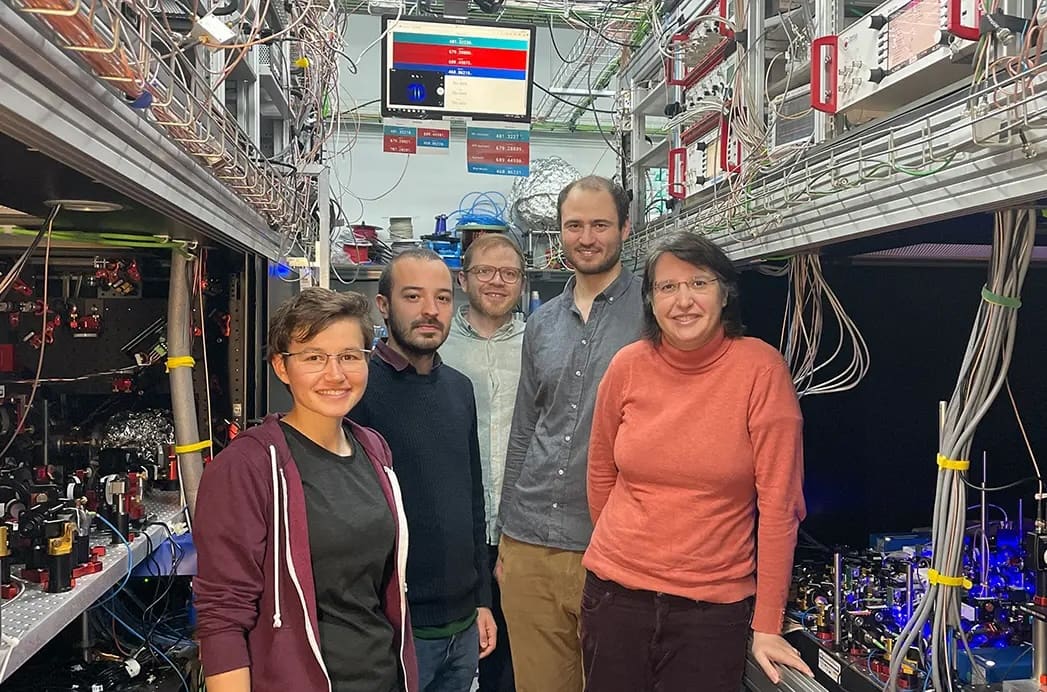In a significant advancement for quantum science, researchers from the Institute of Photonic Sciences (ICFO) in Barcelona, Spain, have developed QUIONE, the country’s first atomic quantum processor. This device not only represents a major technological achievement, but also marks a milestone in quantum simulation for its ability to observe individual atoms in a quantum gas of strontium.
The quantum simulator, named QUIONE in honor of the Greek goddess of snow, allows scientists to capture high-resolution images of quantum gases, making it possible to detect individual atoms. This unique capability makes it an exceptional tool for exploring the microscopic properties of materials and quantum phenomena in depth.
Led by ICFO’s ICREA researcher Leticia Tarruell, the team has carried out pioneering work to manipulate and observe strontium gas under extreme conditions of low temperature, approaching absolute zero. These conditions allow atoms to exhibit quantum behaviors such as superposition and entanglement, essential for simulating phenomena that classical computers cannot efficiently solve.
One of the most notable aspects of QUIONE is its ability to simulate highly complex systems and convert them into simpler models, which may open new avenues for understanding why some materials conduct electricity without loss at relatively high temperatures, a long-standing enigma in physics.
The significance of this development is amplified by its uniqueness; QUIONE is the only quantum gas microscope in the world that can capture images of individual atoms from quantum gases of strontium, and it is the first of its kind in Spain. Furthermore, the project has received significant support at both national and European levels, with backing from the Royal Spanish Society of Physics, BBVA Foundation, Ramón Areces Foundation, La Caixa Foundation, Cellex Foundation, and an ERC project.
Why strontium? Unlike the alkali atoms traditionally used in these experiments, strontium offers more experimentation options due to its complex optical properties. This makes it ideal for applications in quantum computing and simulation, where its atoms are used as atomic quantum processors capable of addressing problems beyond the capabilities of current supercomputers.
The creation process of QUIONE involved cooling strontium atoms with lasers to reduce their movement, and subsequently using these lasers to create an optical lattice that organizes the atoms in a regular pattern. This arrangement allows studying how atoms interact with each other and simulate the dynamics of electrons in materials.
The images and videos captured by QUIONE have revealed fascinating phenomena, such as atoms “jumping” from one site to another in the optical lattice due to the quantum tunneling effect. Additionally, the team has used this technology to confirm the presence of superfluidity in the strontium gas, a state of matter that flows without viscosity.
This advancement not only consolidates ICFO’s position as a leader in quantum technologies but also reinforces Catalonia and Spain’s commitment to advancing quantum research, positioning QUIONE as a key tool for future discoveries in the fields of quantum physics and advanced technology.

